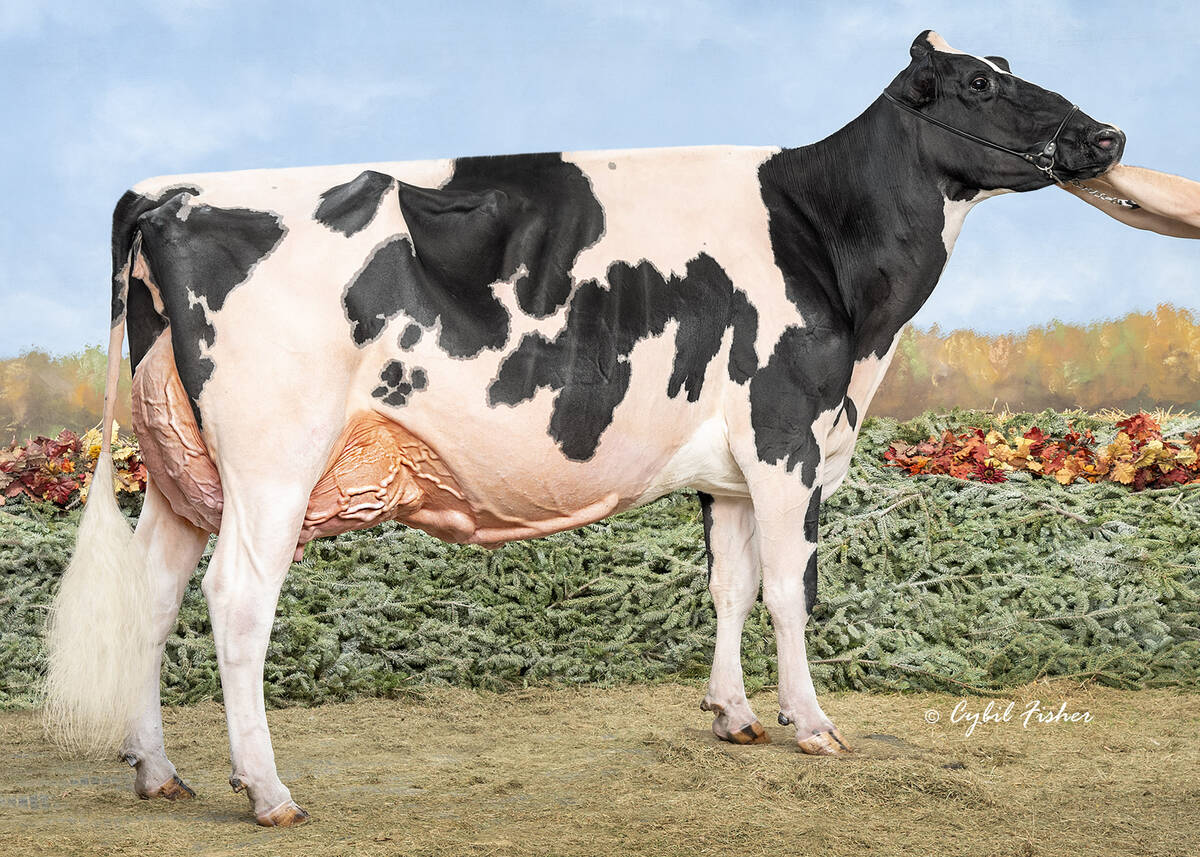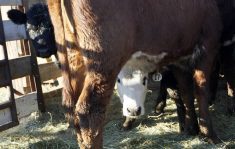An unprecedented winter prairie fire that destroyed 70,000 acres of southern Alberta rangeland has brought out the Christmas spirit.
For those who lost their homes, cattle, hay and grain, the relief effort has gone beyond their expectations, said Thane Hurlburt. He and his wife Joy, along with other volunteers, are co-ordinating donations and receiving goods from as far away as Halifax and Wyoming.
“These people are neighbors and friends. We had to help,” said Hurlburt.
His family owns Hurlburt Rock Products, a gravel pit at Fort Macleod that was turned into a receiving area for donations.
Read Also

Saskatchewan dairy farm breeds international champion
A Saskatchewan bred cow made history at the 2025 World Dairy Expo in Madison, Wisconsin, when she was named grand champion in the five-year-old Holstein class.
The victims of the fire met Dec. 19 and elected a committee to help disperse donated items. The chair is Cecelie Fleming of Granum.
Losses are tallied at $10-$15 million. That includes loss of five homes, grazing, hay, farmyard buildings, grain and bins, as well as some machinery devoured by the fire as it swept across the Porcupine Hills Dec. 14 and into the next day.
More than 100 cattle died from smoke inhalation or had to be put down because of burns. Others are still unaccounted for as people search by air and on horseback for strays.
The province said there is no assistance for insurable property but has provided $2 million to cover rebuilding bridges, clean up and firefighting costs.
Top soil erosion is now the biggest concern. A snowfall several days after the fire helped, but high winds started blowing snow cover as well, said Hurlburt.
Measures taken
Municipalities in the area have built windrows in fields to prevent further erosion and incorporated straw into the soil wherever possible to stop drifting soils in the unseasonably dry year.
By far the greatest need is for 200,000 fenceposts, fencing staples, and fencing supplies to replace about 1,000 kilometres of fences. So far, about 60 km of fence has been rebuilt by 150 men on 20 volunteer fencing crews.
Since the ground isn’t frozen replacing fences has been easier than expected, said Hurlburt.
In addition, there is a shortage of winter feed supplies.
Hurlburt said the estimated need for hay is 5,500 tonnes. As of Dec. 22 pledges for 5,623 tonnes had been received at the relief headquarters at Fort Macleod. So far, they have received 1,500 tonnes.
Donations of goods, cash and offers to lend a helping hand have come from other ranchers, farmers, corporations, 4-H and service clubs from across Western Canada.
That’s good and bad news for ranchers hurt by the worst agricultural disaster to ever hit Alberta.
“These pledges will feed all these people’s cattle till next June. We don’t know what to do after that because we won’t have any grass,” said Hurlburt.















